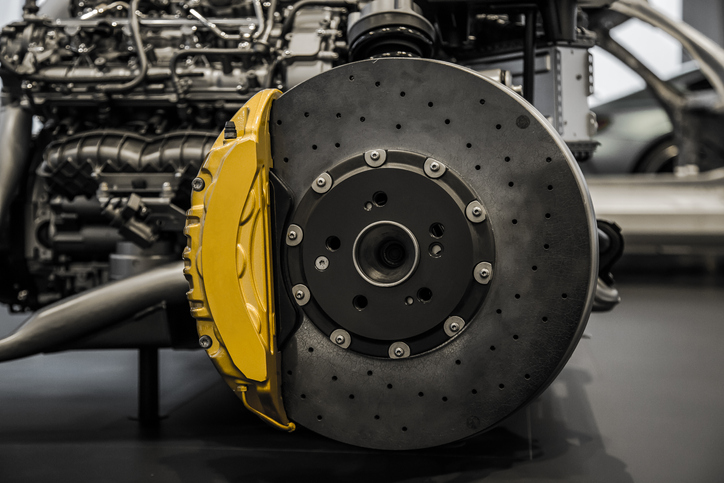Regenerative vs. Friction Braking Systems: The Difference Explained for Anyone Pursuing an Auto Career

As more and more drivers opt for hybrid or electric vehicles, regenerative braking systems have become increasingly common to use. While traditional fiction brakes are known primarily for stopping the car, regenerative braking takes the energy that is typically lost in conventional braking systems and harvests it in ways that benefit both the car and the environment. Whenever drivers speed up and slow down repeatedly, fuel is bound to be lost. In the case of regenerative braking, technology is used that can recapture and reuse this energy to create electricity for the vehicle to run on.
One form of braking is designed for a singular purpose, while another is made with efficiency in mind.
But what else separates them? Here’s what you need to know about the difference between regenerative and friction braking systems.
Friction Braking: The Traditional Way of Hitting the Brakes
With any hydraulic braking system, a primary master cylinder with fluid is connected to a secondary cylinder. After the brake pedal connects with the master cylinder, the piston presses downward when the driver activates the brakes. This then causes the fluid to travel along pipes, eventually reaching the secondary—also known as “slave”—cylinders before triggering the brakes to be applied.

Students in auto mechanic training may already know that with traditional braking systems, kinetic energy is converted into heat before being released back into the atmosphere. The friction from brake pads is applied to the brake discs, allowing for the car to steadily begin stopping. This isn’t a particularly complex or advanced type of braking system, but it’s also one that causes fuel to easily be wasted.
Drivers can try to reduce this with the use of dynamic braking, but this is only a good idea if energy is only sporadically being used, particularly as this type of braking still converts it to heat. Although electric and hybrid vehicles typically use regenerative braking, they also contain friction brakes as a safety net when there’s insufficient electric power being generated.
Regenerative Braking: What Those With an Auto Career Should Know
Instead of relying on friction to bring cars to a halt, regenerative braking systems work in ways that allow the vehicle’s electric batteries to recharge. Although those with an auto career might think this is a fairly novel technology, regenerative braking was actually first introduced in a concept car back in 1967—the AMC Amitron.

Regenerative braking works by the motor being driven in reverse upon hitting the brakes. Therefore, it runs backwards while the driver is braking, allowing it to generate energy for the vehicle’s battery. This energy goes into the battery once the driver’s foot is off the brakes.
Friction braking can lose about 80% of its energy from heat, while regenerative braking recaptures this energy to minimize the loss of fuel by as low as 10%. The recapturing of its energy can be maximized during situations where the driver is stopping and starting, as it can charge itself while the vehicle isn’t accelerating. In other words, this type of braking system is one built with the future—and sustainability—in mind.
Want to pursue careers in the auto industry?
Contact Automotive Training Centres today for more information!

